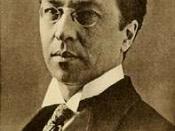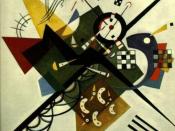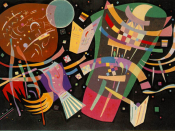Over the centuries creative couples have been drawn together by similar interests and desires. The outcome of these relationships has greatly influenced the lives and careers of the individual artists, with personal belief, gender, societal influences, politics and religion determining the role of each partner.
As social, political, religious and gender issues were being challenged and the documentation of information became easier after the Industrial Revolution, creative couples of the late 1800s and early 1900s were written about more extensively, thus more is known about them. However, not as much is documented about creative couples prior to this.
With this in mind we will examine a variety of creative couples that lived within the period of 1750 till 1920. We will observe their highs and lows, the conflicts and encouragement as well as the turmoil and balance they brought each other, which will show the varied outcomes of their lives and consequently their careers.
Living in any relationship with another person is bound to influence both parties immeasurably. Whether the relationship is positive or negative depends on the individual's beliefs, personality and actions within the relationship. Creative couples have been particularly influenced by the social climate of their times.
An example is the relationship between Gabriel Munter and Wassily Kandinsky. Munter went to study at the unofficial Phalanx Art School, of which Kandinsky was a founder, because official art schools in Germany were closed to women at that time. Their relationship lasted for more than 10 years.
During this time Munter often frustrated Kandinsky. All though he could see her talent, he was amazed and exasperated by her personal style and remarked, "You are hopeless as a student - one can teach you nothing." (Petersen Karen & J.J. Wilson, 1976) However, Munter found in him the inspiration she needed...


